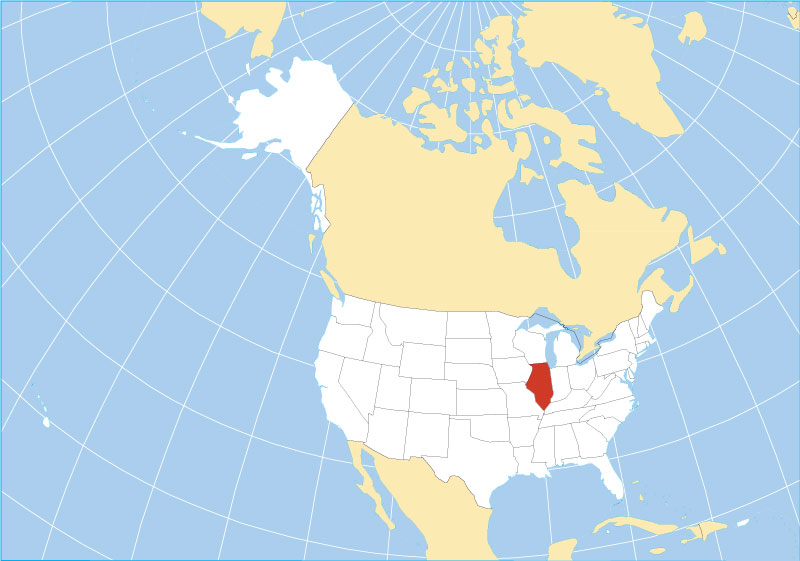IPv6 Training (Cisco) – What is IS-IS?
2 min read[ad_1]
First of all, the acronym IS-IS stands for Intermediate System to Intermediate System (Router-to-Router); it is a routing Interior Gateway Protocol (IGP) that was originally designed to route packet information within an administrative domain or network using the Connectionless Network Protocol or CLNP. But, since “The Internet” does not support CLNP, the IS-IS protocol has since been modified to use the Internet Protocol (IP) as well. Now, just in case you are wondering, the preferred layer 3 protocol (CLNP or IP) to use with IS-IS is IP instead of CLNP.
IS-IS is also a link-state protocol, that uses the Dijkstra algorithm; this means that each layer 3 device (Cisco router) that runs the IS-IS protocol builds a “mental” picture of the network’s topology and then passes IP packets through out the network based on the best topological path to a destination.
Another important fact to know about IS-IS is that a network topology can have three different types of routers; Level 1 routers, Level 2 routers, and Level 1/Level 2 combo routers.
Level 1 or intra-area routers, only form adjacencies and exchange routing information amongst themselves within the Level 1 area.
Level 2 or inter-area routers, are considered to be the backbone routers and only form adjacencies and exchange routing information amongst themselves within the Level 2 area.
Level 1/Level 2 combo routers are the routers that are placed in between the Level 1 area and the Level 2 area, to allow the (Level 1 and Level 2) only area routers to exchange routing information between the areas.
Remember, IS-IS is a routing Interior Gateway Protocol (IGP), this means that it can not be used to route IP packets between Autonomous Systems (AS) like the Border Gateway protocol (BGP4) can.
I invite you to visit my website were you’ll find the latest information regarding Cisco IPv6 Design and Implementation Techniques.
To your success




